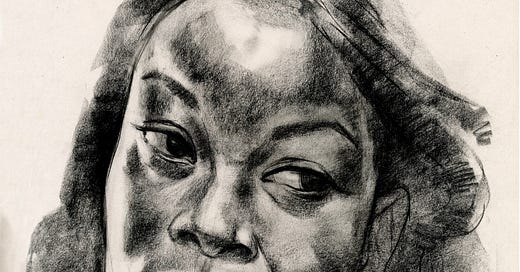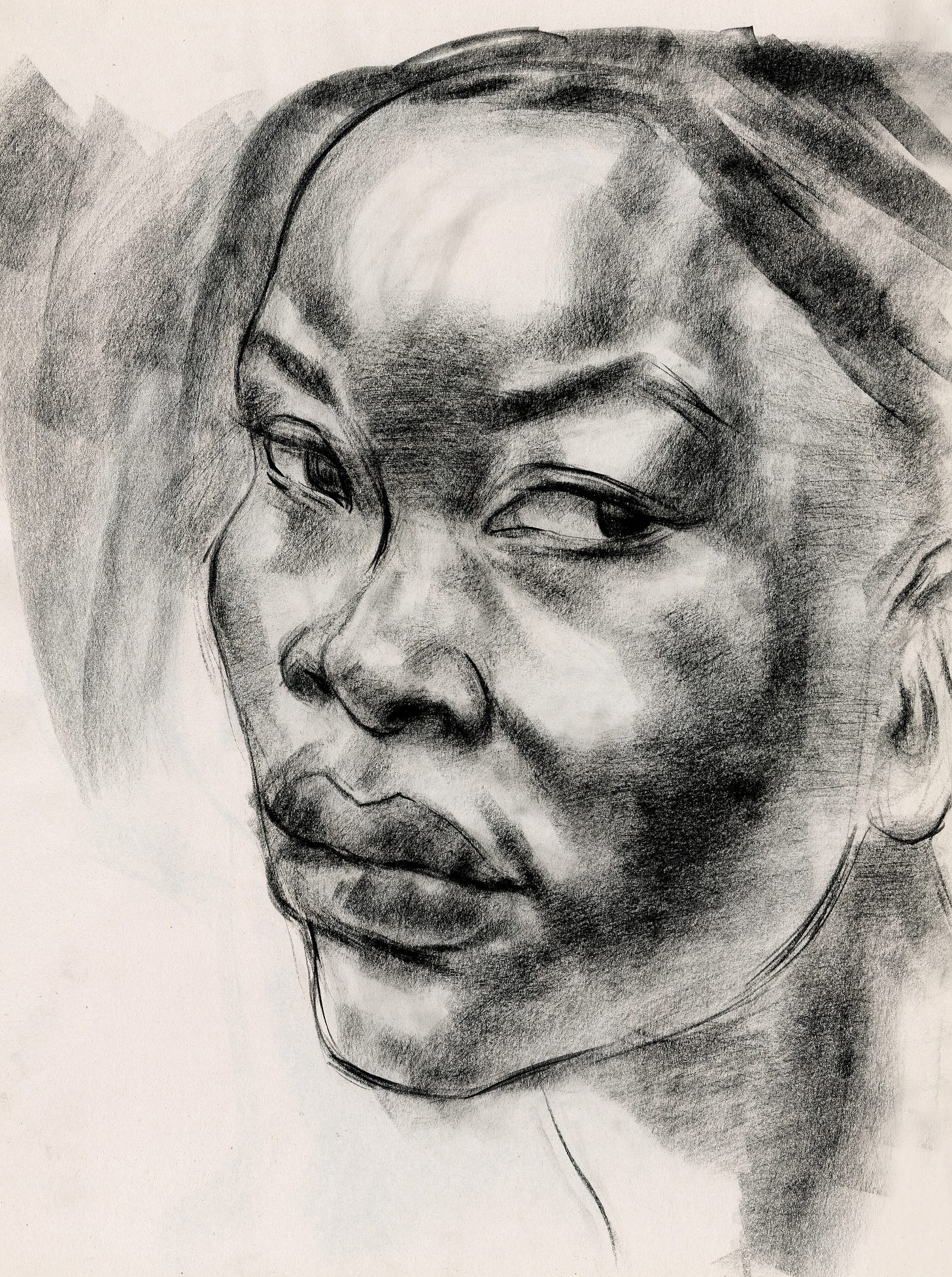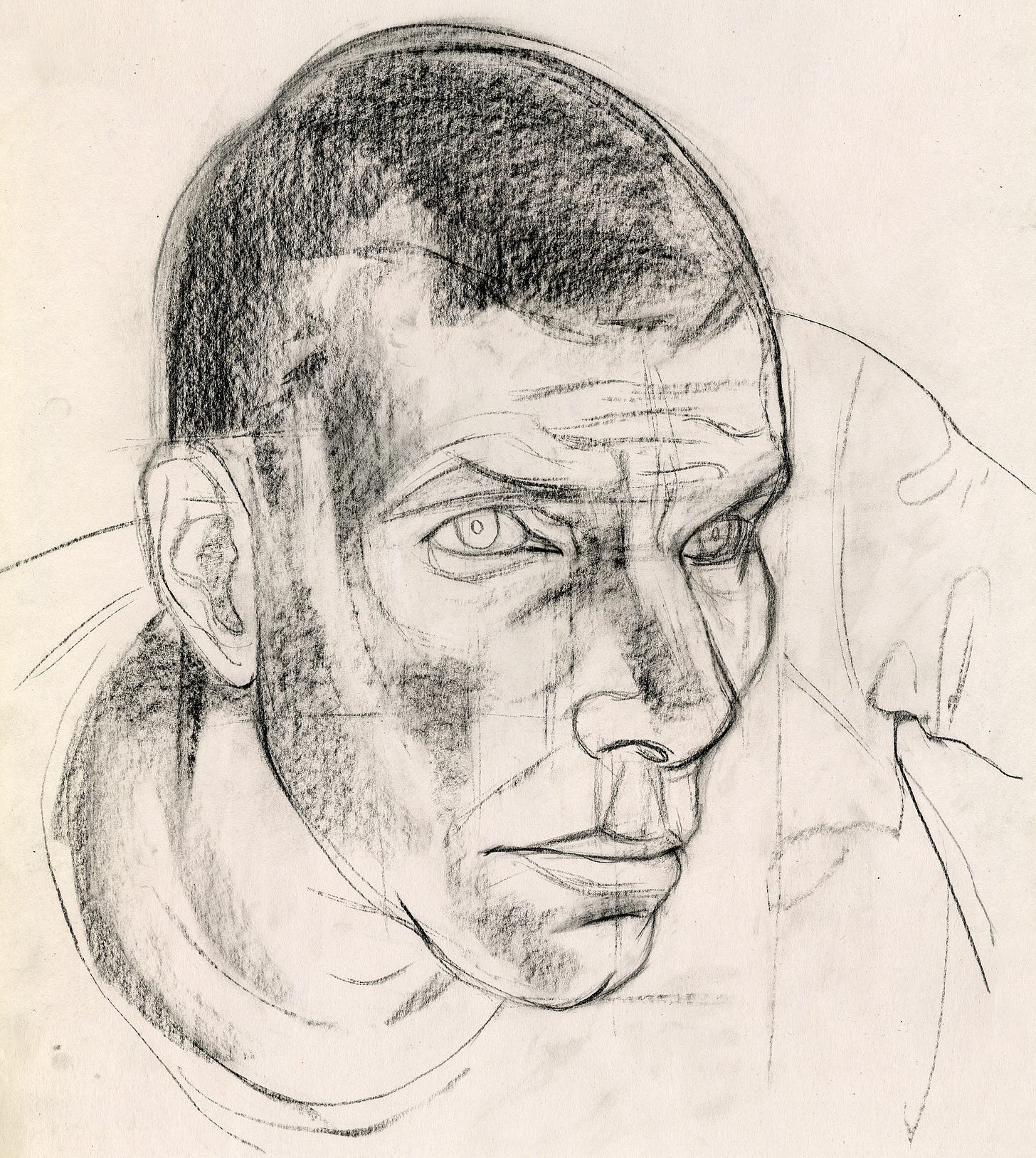I want to start with an aphorism this week by E.M. Forster…
How do I know what I think till I see what I say?
The brilliance of words that seem to reach back and swallow each other. I also love the opportunity to shade a meaning that works for me, so excuse me as I make this glass slipper fit onto my big foot. This statement is about thinking and action—-the ‘act’ of speaking informs thinking. It is a brilliant conceptual loop of the idea and the realization of an idea in a reverse polarity. We don’t know until the process has started.
This is a profoundly useful approach to creative problem solving and especially visual problem solving. There is only one problem, our world is defined by certainty, by answers and the necessary steps to reveal knowledge. But are these the actual steps to move forward or the traps we fall into that stalls our thinking?
In studio this week we explored expressive drawing. One of the students, who fearlessly asks questions every week (Illustration students are almost all introverts and this is a 2nd year class as well) asked, before we started drawing, “In one sentence please describe what an expressive drawing is.” I totally understood the concern—-let me know what the thing is, so I can recognize it, and make sure I do this right. I answered, “This is the question you will be answering for yourself in this class.”
In a drawing class asking for a verbal description is like asking what a snowball in hell looks like—-why use words to describe a visual idea we are about to explore in drawings. But the need for an answer remains because the fear of stepping into the darkness and stumbling over some unseen obstacle is fear inducing and seems to sit on some of my students shoulders casting a shadow over their drawings.
Returning to the aphorism, I see it valuing action, process, and making meaning that informs and instigates thinking. But we have to be prepared ‘to see’ the utility of this approach and I have a studio full of artists that struggle with this, so it is not easy for any of us to look for answers outside of our heads. But this is a critical path for all of us to follow. This is where courageous acts of, ‘I have no clue what I am doing.’ lead to actual ideas. In the studio, one of my strategies is to ask questions that implicate where they are looking, what they are saying and how they are expressing content. All of these questions are tied to action, to process, to doing and none of these are about specific techniques, methodologies or propositional knowledge. The answer is literally in your hands.









Great post! The aphorism you used made me immediately think of the idea most students learn when they are beginning to draw:
“What do I think this object looks like?”
vs.
“What am I seeing when I look at this object?”
Mostly it seems impossible to know or describe that experience until you put pencil to paper and see for yourself.